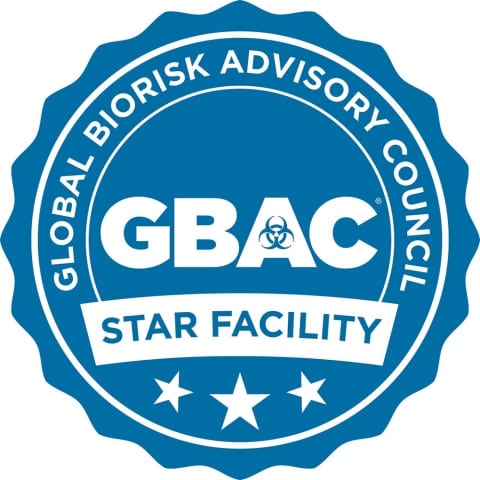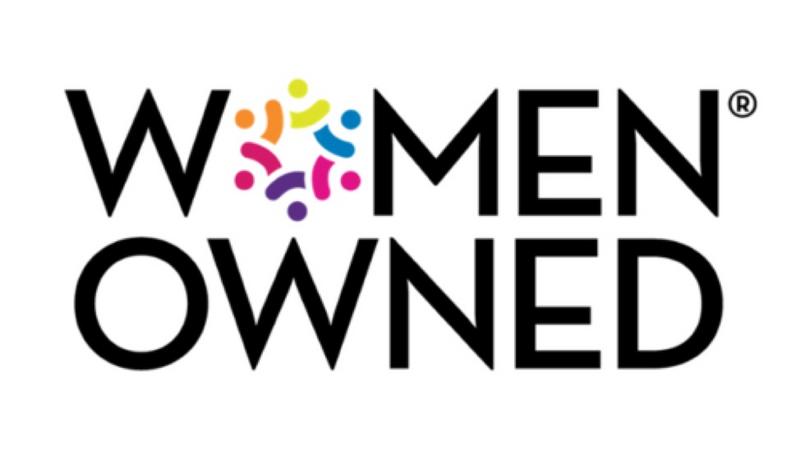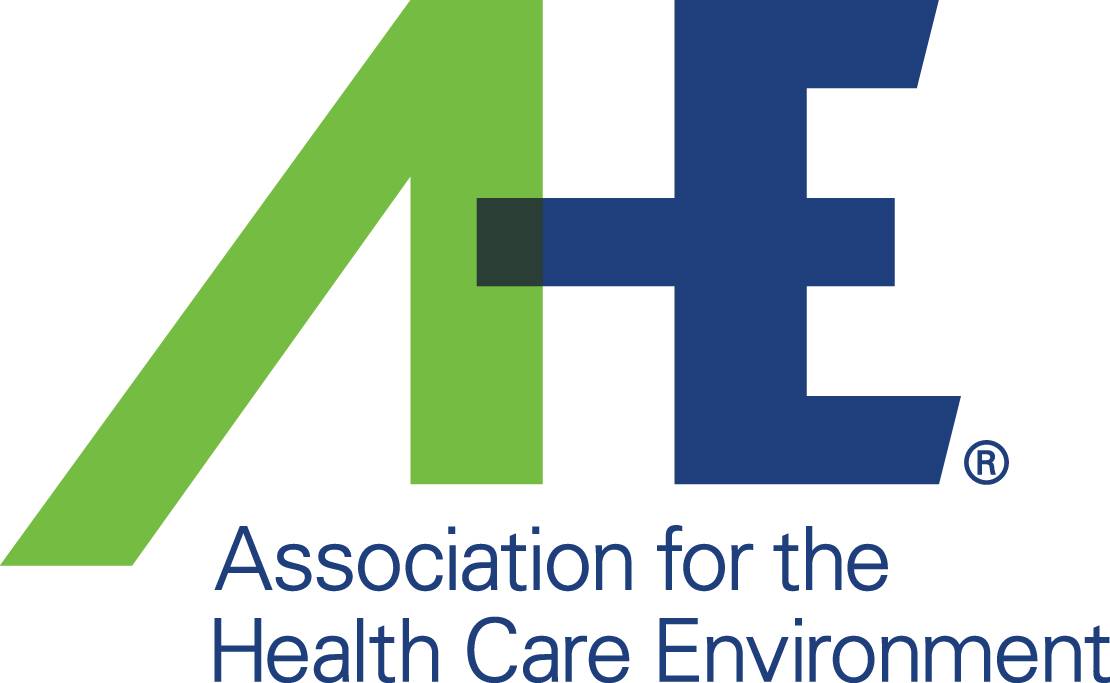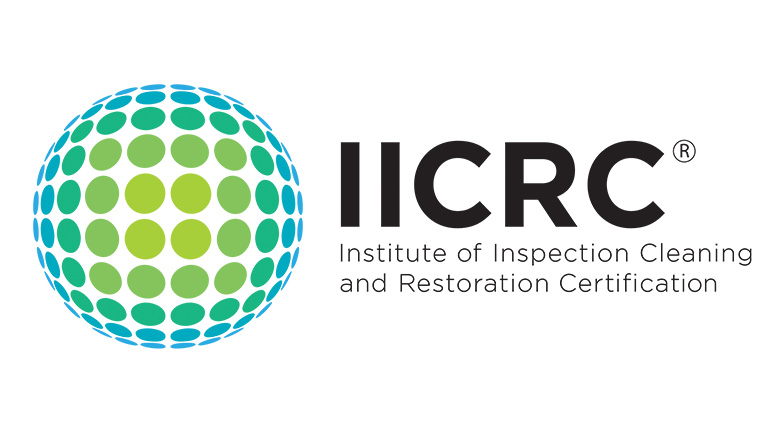Are Disinfection Tunnels Effective?
One of our goals here at Service Keepers is to provide you with solid advice and recommendations to keep your facility cleaner and, even more importantly, healthier. Sometimes this also means that we need to occasionally discuss technologies now being introduced that might not prove as beneficial as first believed.
One such technology, which goes by different names, is the use of walk-through sanitation gates. They are also called sanitizing or disinfecting tunnels.
Some of our industrial clients have already heard of them and asked us about them. They are primarily installed in industrial locations in China, India, Turkey, and Mexico. However, U.S. distributors are now lining up to market disinfecting tunnels in this country.
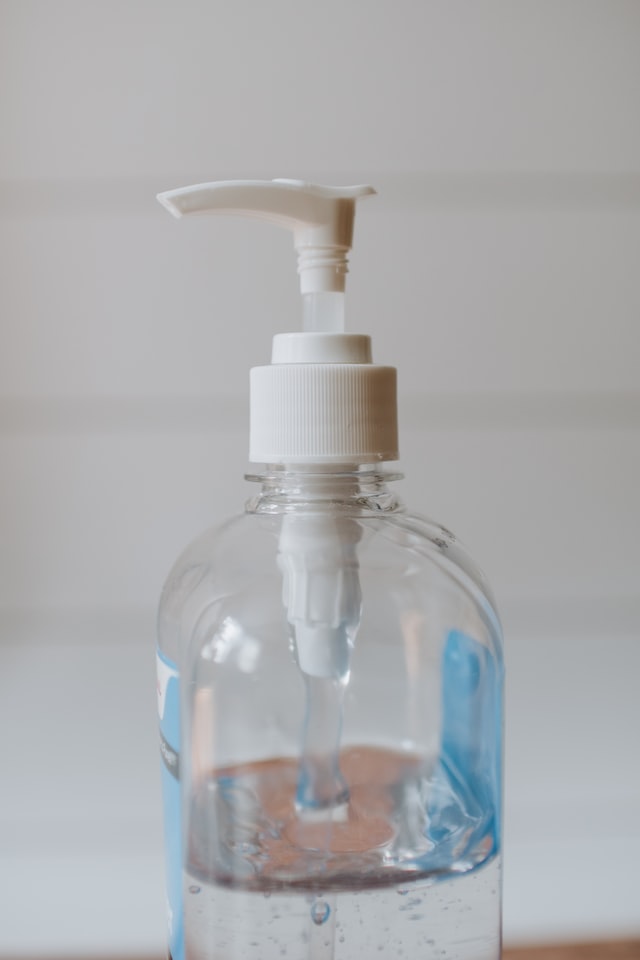
They work on a similar concept as electrostatic sprayers. With electrostatic sprayers, an N-List disinfectant, proven to eliminate the pathogens that cause coronavirus, is misted onto surfaces. Due to an electrical charge applied to the mist, it adheres to surfaces, eliminating pathogens on those surfaces very quickly.
Although the concept is similar, disinfecting tunnels are different.
With walk-through sanitation tunnels, workers walk through a tunnel. As they do, they are misted or “fogged” with a disinfectant. These systems were widely used during the Ebola crisis, but with questionable results.*
For instance, while the disinfectants misted on workers as they walk through the tunnel is designed to be safe, in some cases, it still caused damage to skin and eyes, and was potentially harmful if inhaled in large amounts. Further, according to at least one study, experts have since warned that these walk-through sanitization gates can have more disadvantages than many of the advantages claimed by the manufacturers.
Possibly the most serious disadvantage is that they give people a false sense of security. After people walk through these sanitizing gates, they may feel entitled to forgo hand washing and social distancing, which we know are key strategies recommended to break the COVID-19 chain of contagion. This means staffers in industrial locations may not take the necessary proven steps to minimize the disease’s transmission.
We emphasize the word “proven” because currently, there are just not enough studies available that verify the effectiveness of these walk-through systems. So, if we are advising our industrial clients to think twice before installing them, what do we recommend instead?
Particularly good question. Here is what we advise when it comes to disinfecting:
- Meet with your cleaning contractor and walk through the entire facility, looking for areas and surfaces that should be cleaned and disinfected regularly. These are often areas and surfaces used and touched by many people during the day.
- Determine how frequently these areas should be cleaned and disinfected. An industrial location with day and swing shifts will most likely need these areas attended to twice per day, possibly more often.
- Determine where electrostatic sprayers can and should be used. While this is not a new technology, since the pandemic, it has proven to be one of the most effective surface disinfecting technologies now available.
- Remind your staff of all the precautions they must take to keep themselves and their fellow workers healthy. And once you’re done, remind them again. View this as continuing education, designed to protect everyone’s health and keep your industrial location open and productive.
These precautions, along with regular, effective cleaning and disinfecting, are our best defense right now and into the future, even as more people get vaccinated. Things are not going to return to the way they were before. The good news is that they will be cleaner and healthier.
* Mehtar S, Bulabula AN, Nyandemoh H, Jambawai S. “Deliberate exposure of humans to chlorine—the aftermath of Ebola in West Africa.” Antimicrobial Resistance & Infection Control. 2016;5(1):45.
Interested in learning more about disinfecting or disinfecting tunnels? Then get in touch today. We’re Service Keepers and we’re here for you



